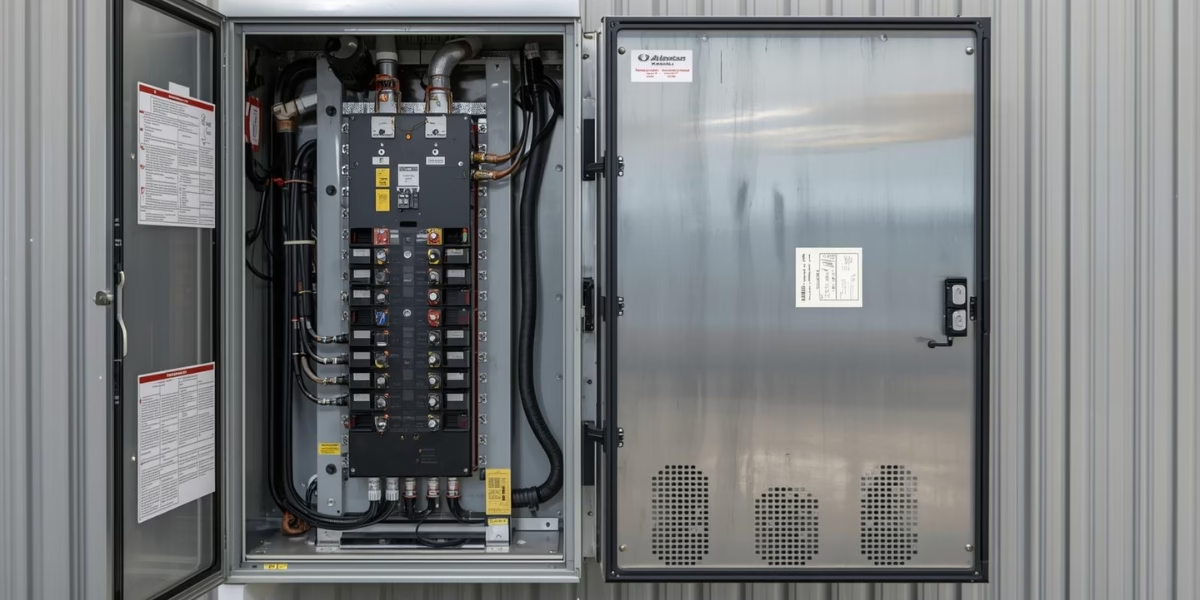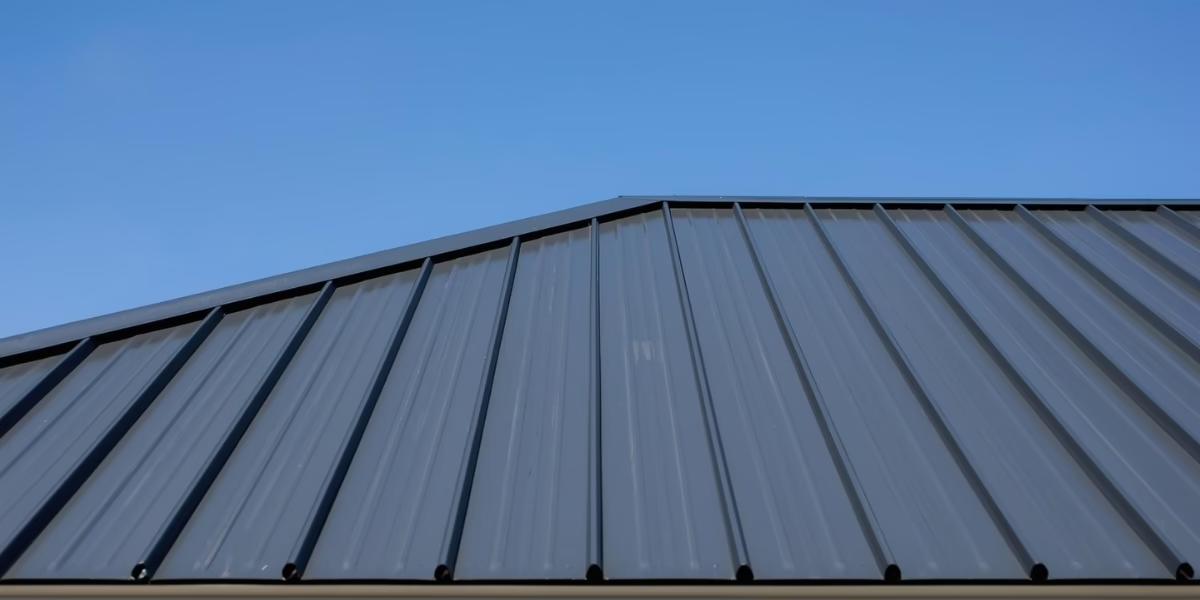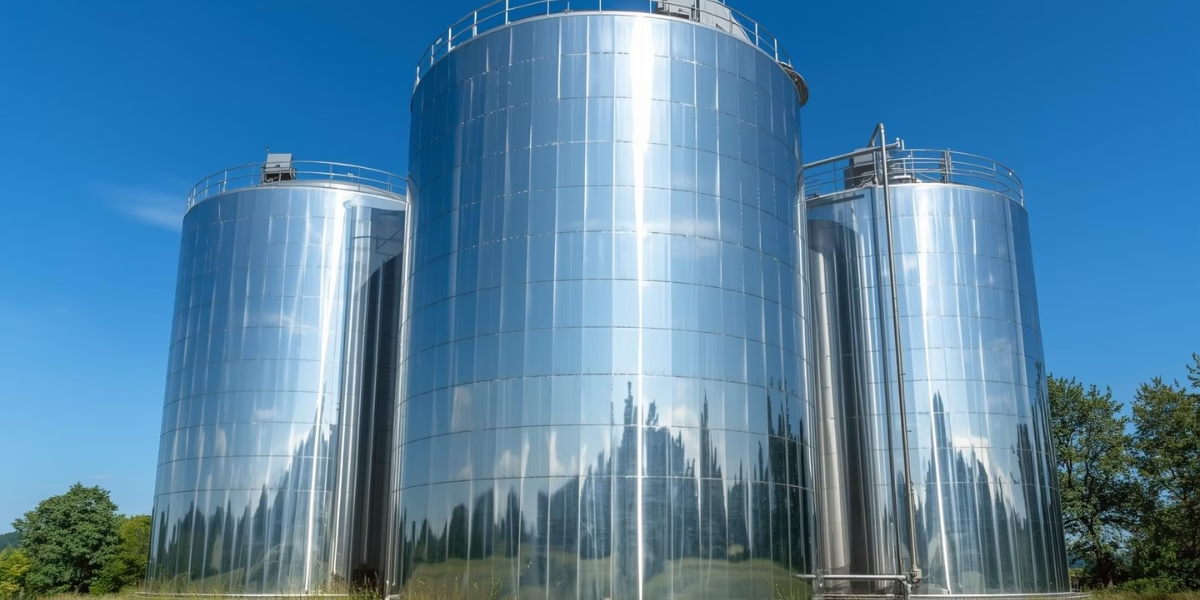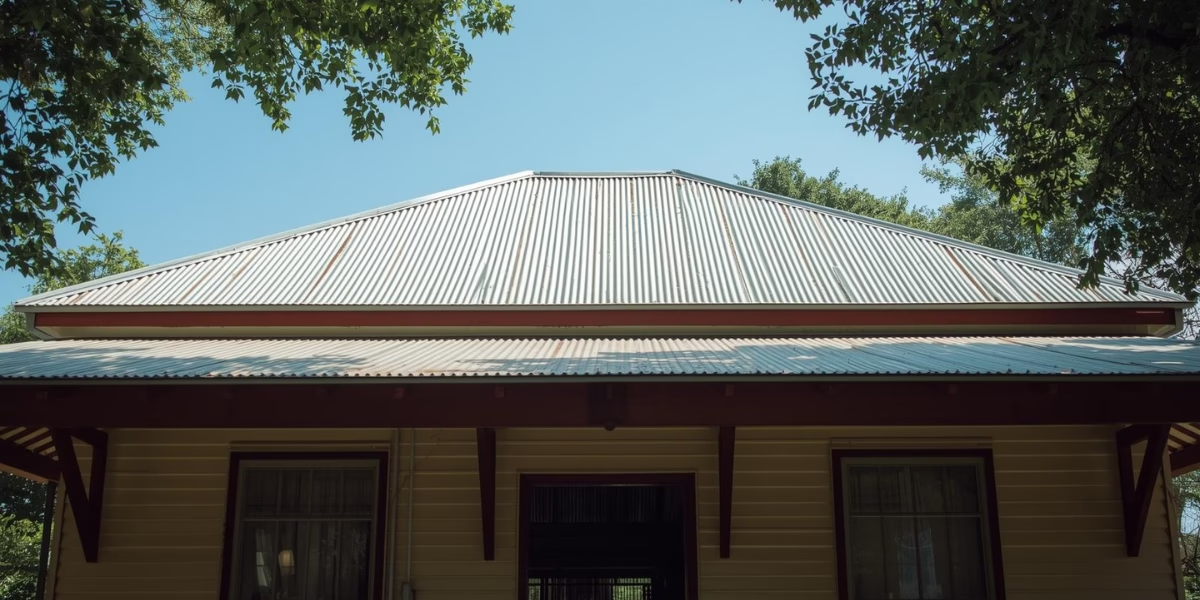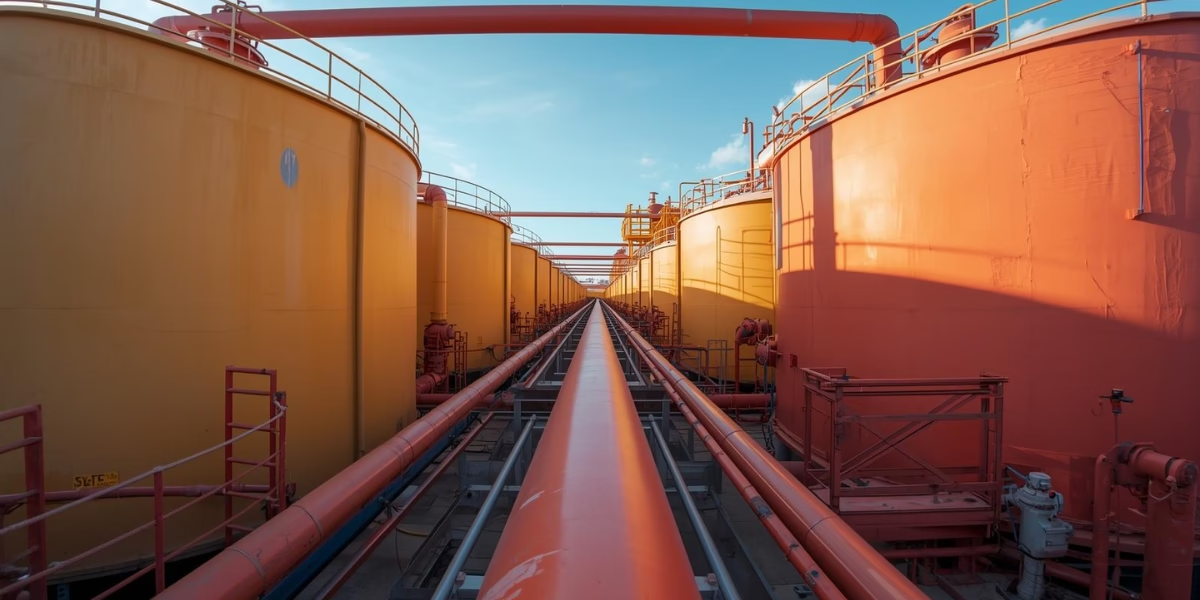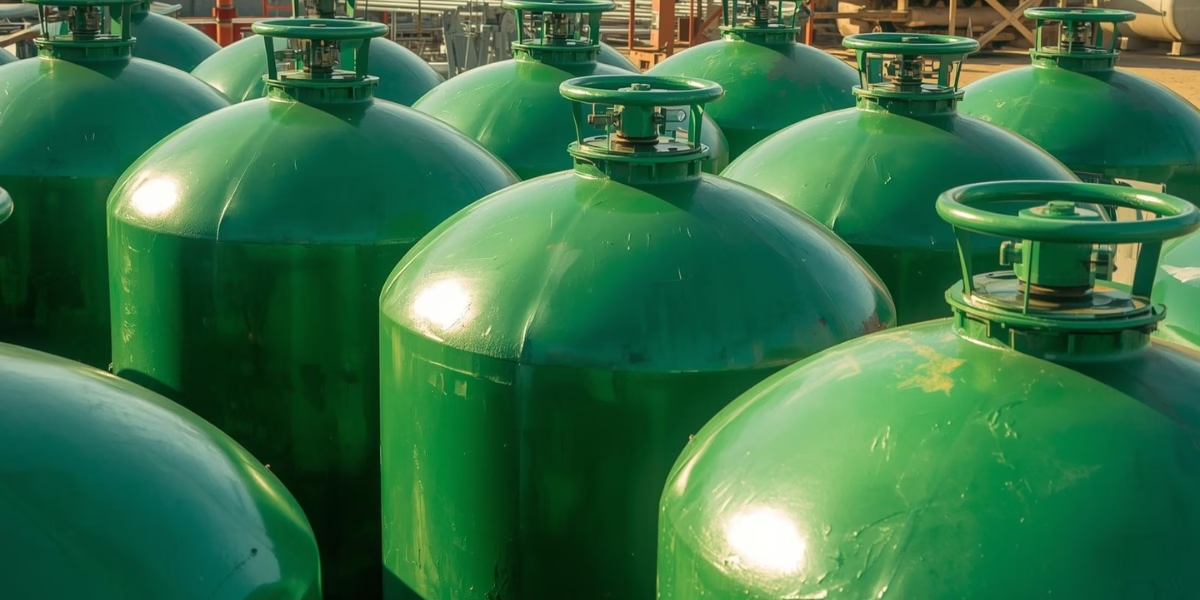Explore how advancements in Fire Retardant Gelcoat technology are shaping the future of fire safety with improved flame resistance, durability, and compliance for marine, transportation, and industrial applications.
Author Archives: CREST
Learn how Fire-Retardant Resins enhance safety in electrical enclosures by offering heat resistance, insulation, and long-term protection against electrical fires and system failures.
Discover how Coil Coating Resins enhance roofing, cladding, and industrial panels with superior durability, and premium aesthetic finishes for long-lasting performance.
Explore the essential uses of Automotive Putty Resin in car body repair and refinishing. Learn how it improves surface quality, adhesion, and durability for flawless automotive restoration.
Discover how Filament Winding Resin Technology is transforming water storage and infrastructure with stronger, lighter, and corrosion-resistant composite solutions designed for long-term performance.
Discover how modern coil coating resin formulations deliver long-lasting durability, UV resistance, and premium aesthetic finishes for metal sheets used in construction, appliances, and automotive applications.
Learn how fire retardant gelcoats help marine, aerospace, and construction industries meet strict fire-safety standards by improving protection, reducing smoke, and ensuring global compliance.
Discover why Vinyl Ester Resin offers the ideal balance between cost and performance. Learn how it compares to epoxy and why industries choose it for high-strength, corrosion-resistant applications.
Discover how Filament Winding Resin Technology creates strong, lightweight pressure vessels with high durability, corrosion resistance, and long-term performance.
Discover how Automotive Putty Resin improves vehicle body strength and surface finish. Learn its types, benefits, and applications in modern automotive repair and manufacturing. The automotive industry demands materials that deliver strength, durability, and a premium finish. One material that plays a major role in vehicle repair and manufacturing is Automotive Putty Resin. It is […]


